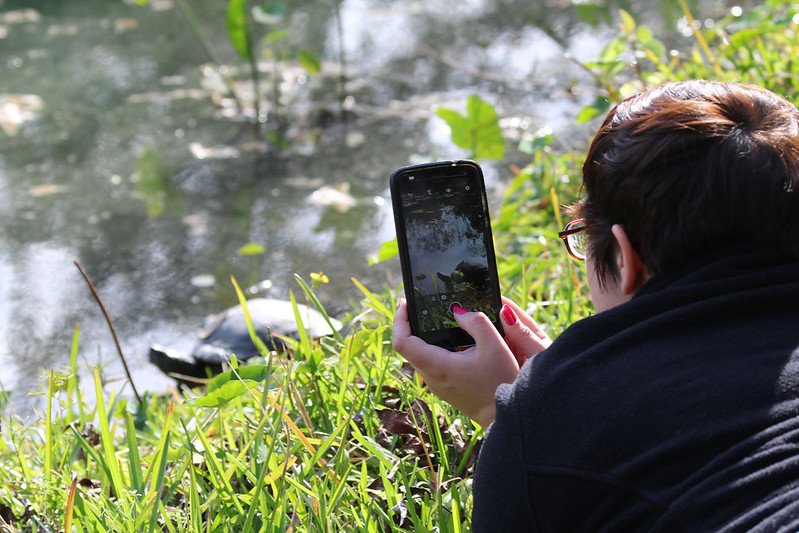Unit from the Scott River Watershed Council with the Bigfoot Trail Youth Stewardship Project
Science is all around us! Technology makes it possible for anyone to contribute to scientific research. Contributions can be made by collecting data in the field, or by helping others identify their observations. A platform like iNaturalist is a way to contribute to conservation and a wonderful way to connect with nature, local communities, and naturalists from around the world.
Essential Questions:
- What is community science?
- What are some examples of community science?
- What role can I play in community science, and how can I contribute to research and conservation?
Objectives:
- I can add an observation to iNaturalist.
- I can explain what community science is and how I can contribute to it.
- I can contribute to the iNaturalist community by using the explore and project features.
- I can predict species that are likely to be found in my region.
Rationale: Anyone anywhere can assist with scientific research using iNaturalist. community science can help humans better understand the natural world around them. community science data can be used for education, discussions, research, and conservation.
Concepts: community science, species, observation
Skills: Students will be able to navigate the community science platform iNaturalist, identify at least three species found at Redwood National Park, and practice using field guides to help other community scientists identify their observations.
Overview: In the classroom students will explore iNaturalist program, learn what community science is and how they can participate, and use iNaturalist to explore species diversity around the world. Students will also use iNaturalist to explore biodiversity in their community and teach others to explore biodiversity.
Day 1
An introduction to iNaturalist
Overview: In the classroom students will explore iNaturalist program, learn what citizen science is and how they can participate, and use iNaturalist to explore species diversity around the world.
Goal: After this guided exploration of iNaturalist, students will be able to navigate the citizen science platform, identify at least 3 species found at Redwood National Park, and practice using field guides to help other citizen scientists identify their observations.
Teaching Resources
Additional Resource:
Day 2
iNaturalist Field Day
Overview: Students will use iNaturalist to explore biodiversity in their community.
Goal: To explore biodiversity by identifying habitat types, adding observations to iNaturalist, identifying species from different taxa, and predicting species that might be found in the region.
Teaching Resources
Set-up & Materials:
- Instructor smart phone/tablet (recommended)
- If you feel comfortable having each group take their own photos and then emailing them to you, that is also an option but may be more complicated for you, the instructor.
- Field Guides
- Hand lenses
- Binoculars
- Field worksheet or journal
Day 3
iNaturalist Community Bioblitz
Overview: Students will use iNaturalist to host a school yard or community bioblitz.
Goal: To explore biodiversity by identifying habitat types, adding observations to iNaturalist, identifying species from different taxa, and predicting species that might be found in the region, while leading a community event that teachers others to do the same.

